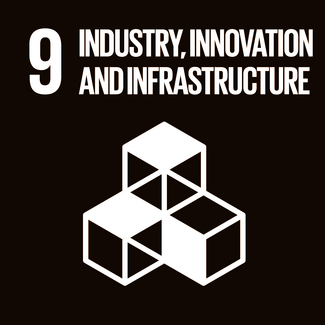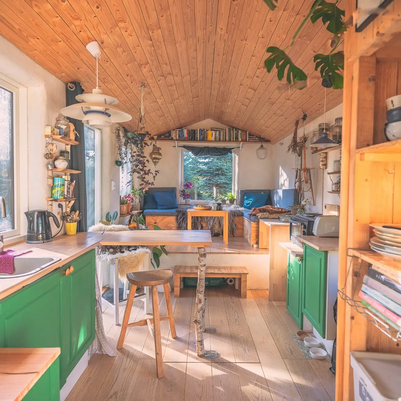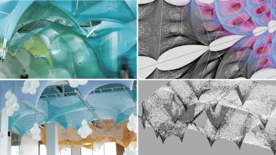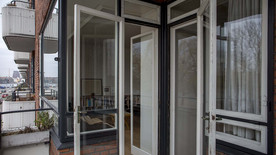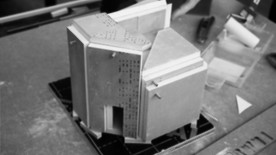
ZERO BOUNDARY LINES
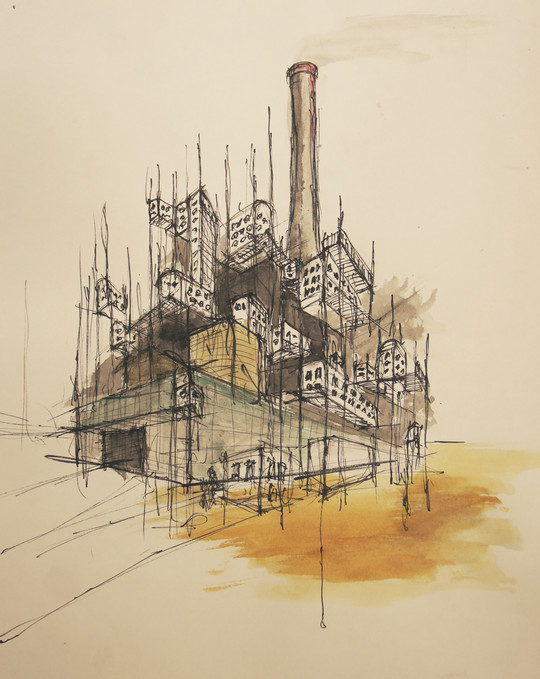
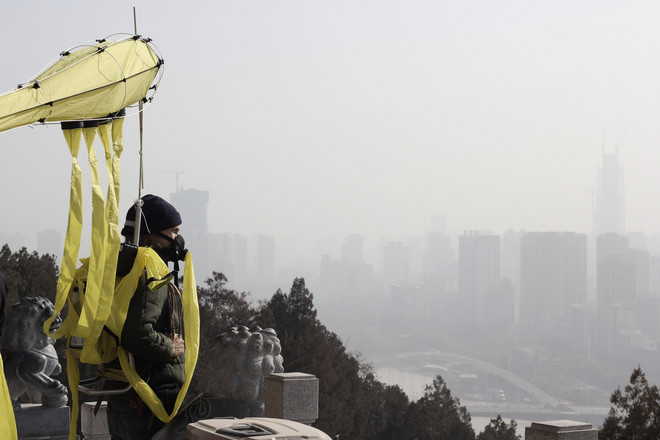
Agenda
It is a known fact in nature, that ecosystems with a high level of diversity and variation is stronger, and more adaptable to change, than more homogeneous systems. Multiculturalism and the ability to comprehend complexity, is a high value, in terms of innovation and critical thinking.
These realities also concern the spatial environments we inhabit. The lack of variation in spatial qualities, reduces our opportunities in regards to nurture a strong and diverse coexistence.
In the recent years, we have seen how housing development has ballooned in China. This comes to display by a rapidly growing amount of standardized high-rises residential buildings. Often entire areas of older houses are being removed in favor of these forests of cloned high-rises. But what activities and spatial values are being abandoned on the ground, in the process of lifting up people and placing them on shelves in these uniform high-rises?
This thesis proposes an alternative way of establishing vertical accommodations. By appreciating and comprehending more diverse spatial values and architectural qualities, this proposal aims to provide for accommodation, not only by lifting up plain domestic need, but attempts to include and raise more traditional culture and street level environment into a vertical orientation. By doing this, these values are being preserved, but at the same time reconfigured to match future realities. The aim is to secure diversity in spatial environments.
At the same time, this proposal addresses the environmental problem of dust pollution. The airborne dust pollution clearly compromises the qualities of the urban environment. This thesis proposes a building, which takes this problem into account and reacts on it through its design. This building will be sited in a central location of Lanzhou.
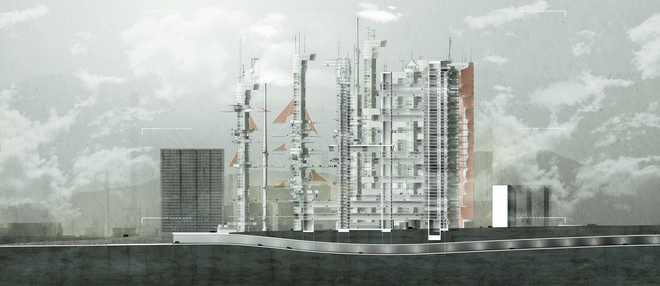
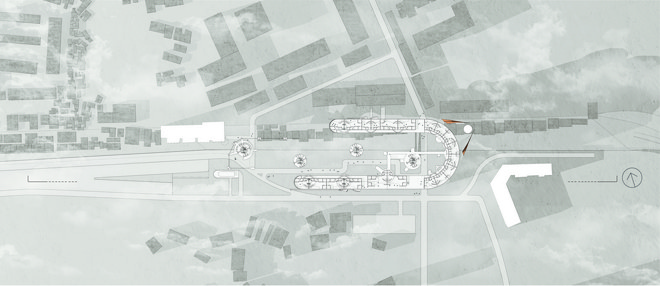

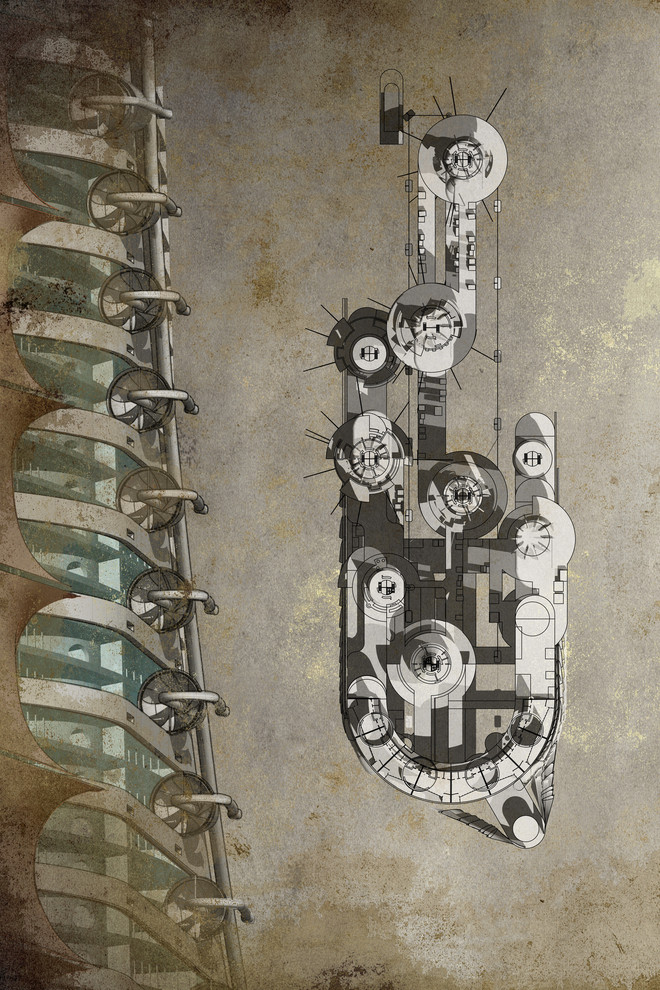
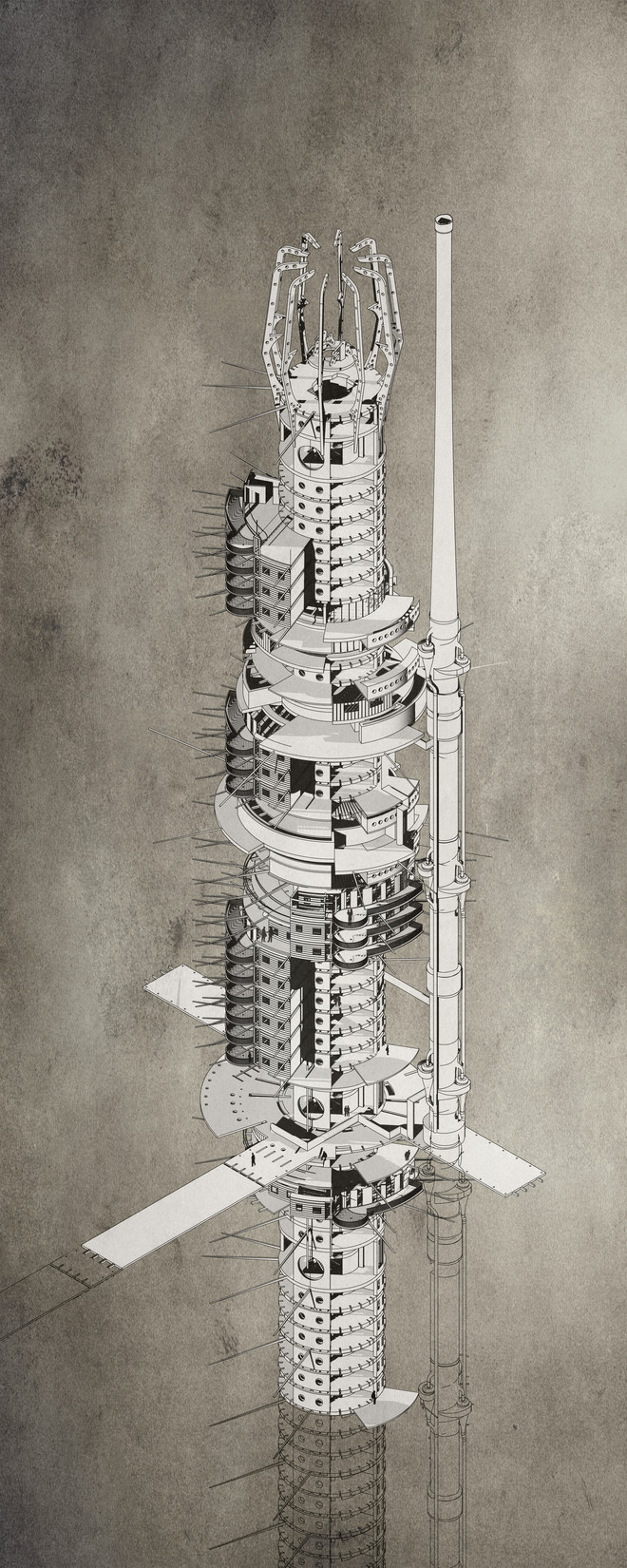
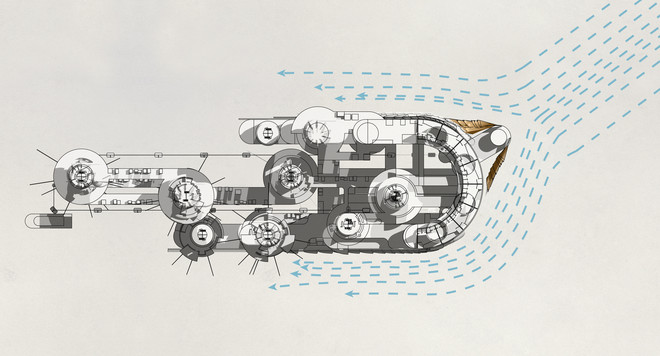
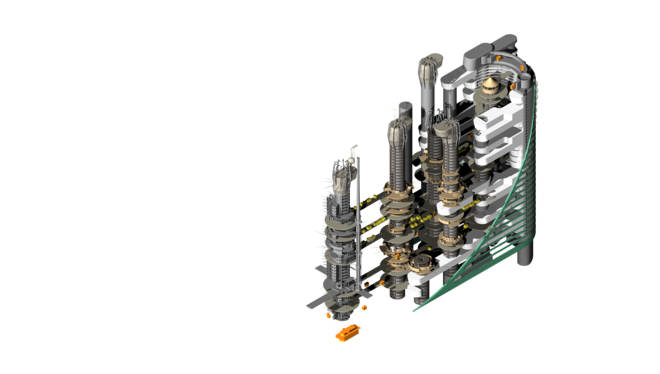
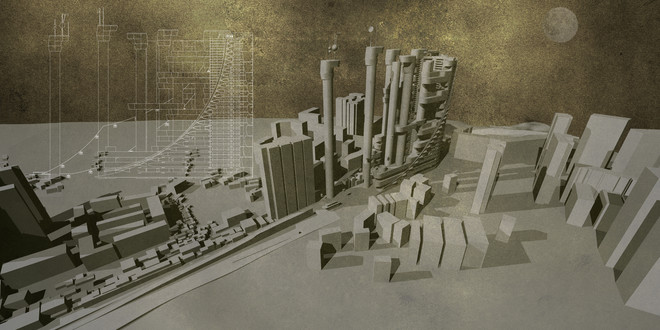
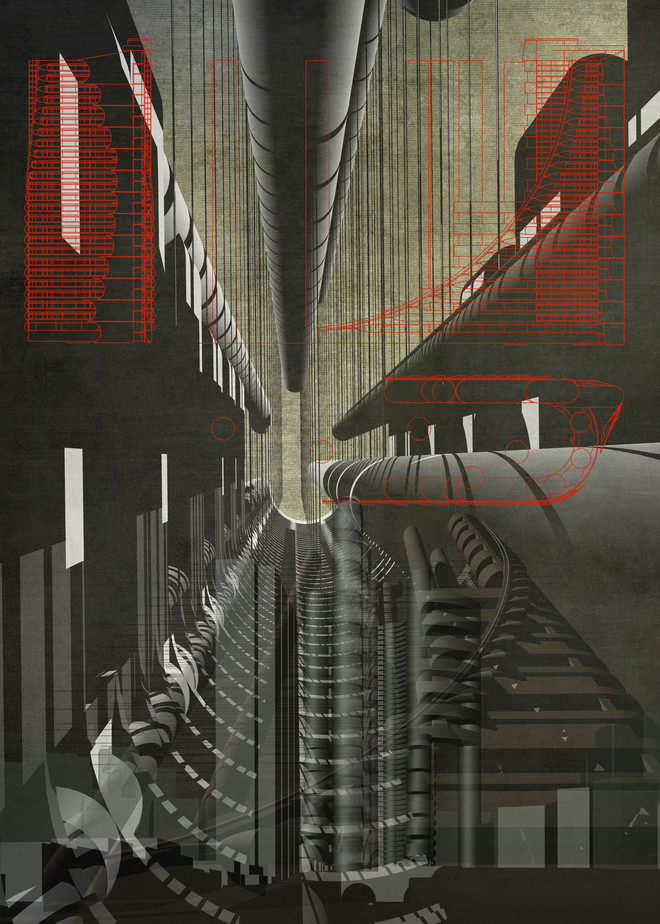
Det Kongelige Akademi understøtter FN’s verdensmål
Siden 2017 har Det Kongelige Akademi arbejdet med FN’s verdensmål. Det afspejler sig i forskning, undervisning og afgangsprojekter. Dette projekt har forholdt sig til følgende FN-mål

